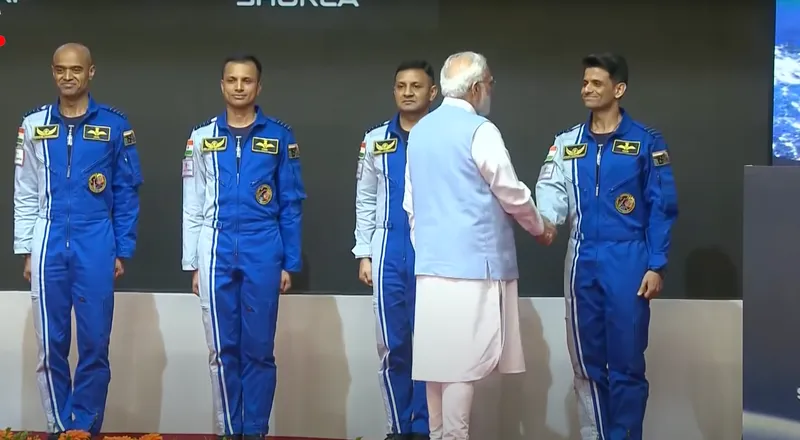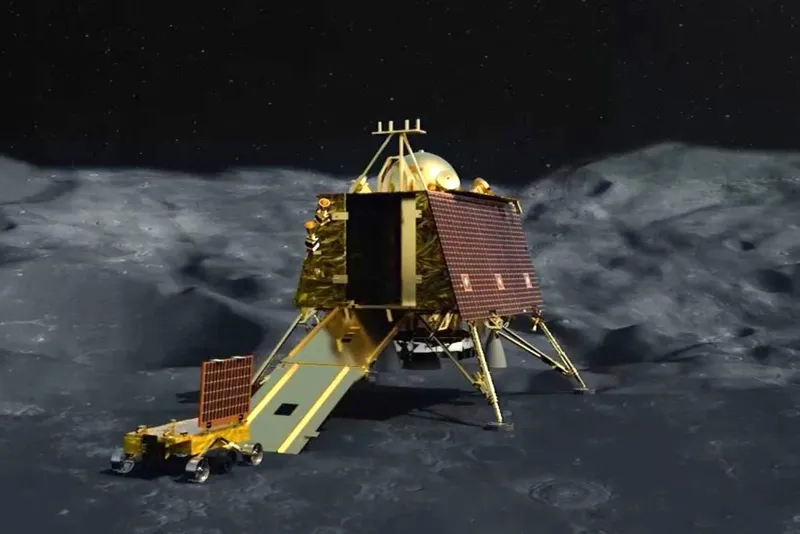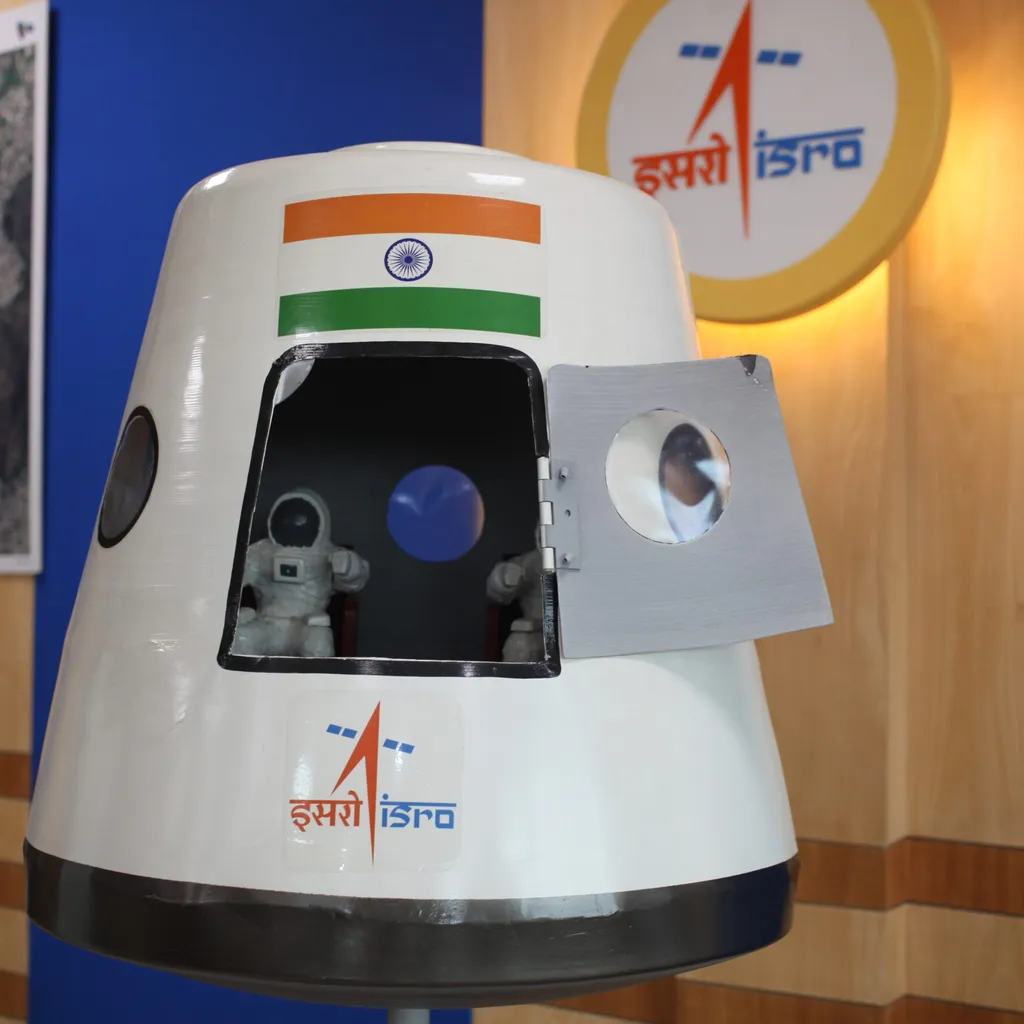The first four Indian Gaganyaan astronauts were announced today, several of whom will fly on the nation’s maiden crewed voyage due to launch next year.
The quartet will be the first Indian citizens to fly to low-Earth orbit onboard the Gaganyaan space craft, currently being built and developed by the Indian Space Research Organisation (ISRO).
The four future astronauts are all Indian Air Force Officers: Group Captain Prashanth Balakrishnan, Group Captain Ajith Krishnan, Group Captain Angad Pratap, Wing Commander Shubhanshu Shukla.

They were given their astronaut wings by Prime Minister Narendra Modi in a ceremony at the Vikram Sarabhai Space Center.
"We are witnessing another historic journey at Vikram Sarabhai Space Centre,” says Narendra Modi, Indian prime minister. “India meets its four Gaganyaan astronauts. These are not just four names, but forces that will take the aspirations of 1.4 billion Indians to space.”
Indian Astronauts
The four Gaganyaan astronauts were selected from a pool of Indian Air Force pilots after a rigorous selection procedure involving a battery of physical and psychological tests.
The quartet have been training in Russia for the last 13 months and will now continue their preparations back in India.

Previously, only one Indian citizen has flown in space – Rakesh Sharma, another Indian Air Force Wing Commander.
He flew to the Salyut 7 Space Station space in 1984 onboard Soyuz-11, and spent a almost eight days in space.
Another Indian born astronaut, Kalpana Chawla, became a NASA astronaut after taking US citizenship to become eligible.
She first flew onboard the Space Shuttle Columbia in 1997, deploying the Spartan satellite to study the solar wind.

Tragically, her second flight was the ill-fated STS-107 mission, once again onboard the Space Shuttle Columbia.
The shuttle broke up upon returning to Earth, killing all seven crew members on board.
The Indian Space programme
As well as the Gaganyaan astronaut programme, India has been steadily building its space programme for several decades through the Indian Space Research Organisation (ISRO) and has had several highly successful robotic missions.
The nation’s Chandrayaan-1 lunar orbiter re-sparked interest in the moon when it discovered water at the southern pole in 2009.

In 2023, India became the fourth nation to soft land on the Moon with the Chandrayaan-3 landing mission.
Elsewhere in the Solar System, the Mars Orbiter Mission entered orbit around the Red Planet in 2014 – a remarkable achievement for a mission that cost just $74 million.
At the same time, the nation has been building its human spaceflight capabilities which are now on the cusp of reaching maturity.
The nation’s space economy is currently valued at around $8 billion, but this is projected to grow to around $40 billion by 2040.

India’s Gaganyaan crewed spacecraft
The core craft at the heart of the Indian astronaut programme is the Gaganyaan spacecraft.
The crew vehicle will be able to carry up to three people into low-Earth orbit when launched onboard an LVM3 rocket.
The first uncrewed test flight, Gaganyaan-1, is due to fly later this year.

It will carry onboard Vyommitra (meaning “space friend”), a female robotic astronaut with motorised hands and arms that will help to test how a human would fare onboard Gaganyaan without risking any human lives.
A second test flight is expected to follow soon after.
Should these proceed as planned, then the crewed flight, Gaganyaan-3, will launch in 2025.